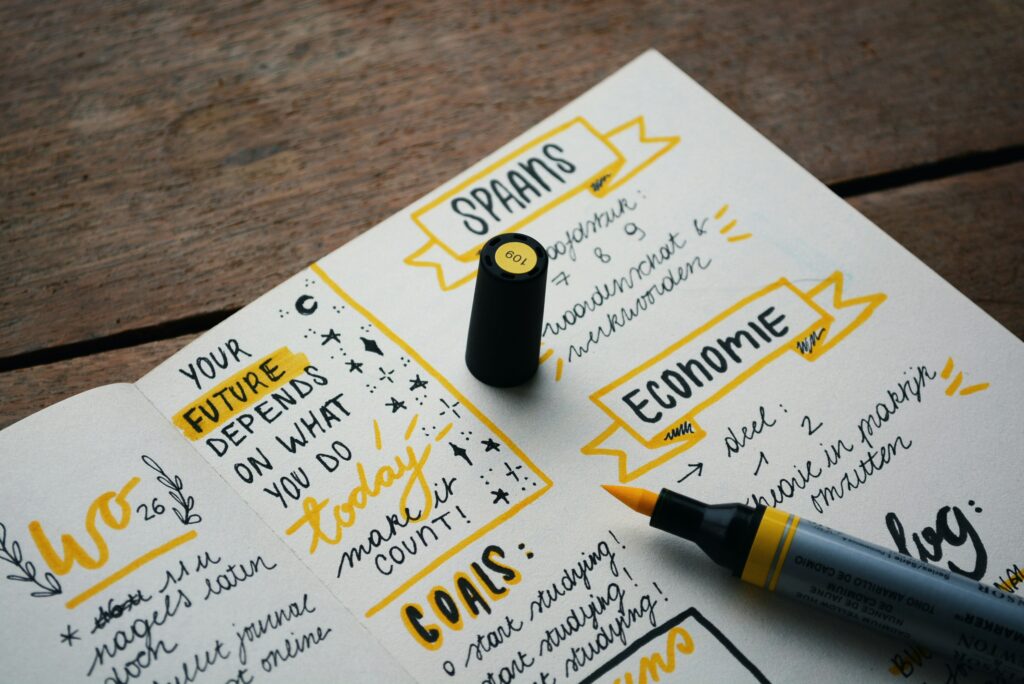Introduction
Lifestyle design is a revolutionary concept that encourages individuals to create a life that aligns with their values and passions rather than conforming to societal norms. This idea is central to Tim Ferriss’s “The 4 Hour Workweek,” which challenges traditional notions of work and success. In this blog post, we’ll explore the principles of lifestyle design and provide practical tips for crafting a life you love.
What is Lifestyle Design?
In four hour work week book lifestyle design involves intentionally creating a life that reflects your personal values, goals, and desires. Unlike the conventional path of working hard until retirement, lifestyle design emphasizes achieving balance, fulfillment, and freedom in the present. Tim Ferriss popularized this concept, advocating for a life of mobility, flexibility, and purpose.
Key Principles of Lifestyle Design
Clarifying Your Values and Goals

The first step in lifestyle design is to identify what truly matters to you. This involves reflecting on your core values and setting clear, actionable goals. For example, if you value family time, you might prioritize creating a flexible work schedule that allows for more quality moments with loved ones.
Prioritizing Time and Mobility
One of the hallmarks of lifestyle design is prioritizing time freedom and mobility over traditional markers of success, such as a high salary or prestigious job title. This might mean pursuing remote work opportunities, starting an online business, or becoming a digital nomad. The goal is to have the flexibility to work from anywhere and spend your time on activities that bring you joy and fulfillment.
Embracing Minimalism
mMinimalism plays a significant role in lifestyle design. By simplifying your life and reducing clutter, you can focus on the experiences and relationships that matter most. This doesn’t necessarily mean living with the bare minimum but rather being intentional about your possessions and commitments. Cultivating good habits, such as decluttering regularly and prioritizing meaningful activities, helps you maintain this intentionality and enhances your overall well-being.
Practical Steps to Design Your Ideal Lifestyle
Conducting a Lifestyle Audit
Start by conducting a lifestyle audit to assess your current situation. Identify areas of your life that align with your values and those that don’t. This audit will help you pinpoint changes you need to make to create your ideal lifestyle.
Creating a Vision Board
A vision board is a powerful tool for visualizing your ideal life. It can include images, quotes, and goals that inspire you and remind you of the life you’re working towards. Creating a vision board helps solidify your intentions and keeps you motivated.
Setting SMART Goals

Set Specific, Measurable, Achievable, Relevant, and Time-bound (SMART) goals that align with your vision. For instance, if your goal is to travel more, you might set a target to visit three new countries within the next year. Having clear goals helps you stay focused and track your progress.
Real-Life Examples of Lifestyle Design
Success Stories
There are numerous examples of individuals who have successfully designed their ideal lifestyles. For instance, entrepreneurs who have built location-independent businesses often highlight how lifestyle design has allowed them to travel the world while pursuing their passions. These success stories can serve as inspiration and provide valuable insights into the lifestyle design journey.
Overcoming Challenges
Transitioning to a lifestyle design approach can be challenging, particularly when it involves breaking away from societal norms or overcoming financial constraints. It’s essential to recognize these challenges and develop strategies to navigate them. For example, building a financial safety net before making significant lifestyle changes can provide stability and peace of mind. Inspired by the concepts in The 4-Hour Work Week, you can explore ways to maximize efficiency and prioritize what truly matters, allowing for a more fulfilling and intentional life.
The Role of Mini-Retirements in Lifestyle Design
What are Mini-Retirements?
Mini-retirements are extended breaks from work that allow you to pursue personal interests, travel, or relax. Unlike traditional retirement, which occurs at the end of one’s career, mini-retirements are spread throughout your life. Tim Ferriss advocates for this concept, emphasizing the importance of taking time off to recharge and gain new perspectives.
Planning and Executing Mini-Retirements

Planning a mini-retirement involves careful consideration of your finances, work commitments, and personal goals. Start by determining the duration and location of your mini-retirement. Next, budget for expenses and make arrangements to manage work responsibilities while you’re away. Whether you’re exploring a new country or learning a new skill, mini-retirements can be transformative experiences.
Conclusion
Lifestyle design is about taking control of your life and making intentional choices that reflect your values and desires. By clarifying your goals, prioritizing time and mobility, and embracing minimalism, you can create a life that’s both fulfilling and meaningful. To explore more about lifestyle design and other transformative concepts, check out our summary of Tim Ferriss 4 hour work week.
